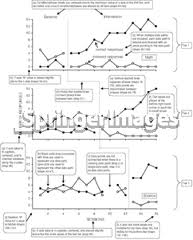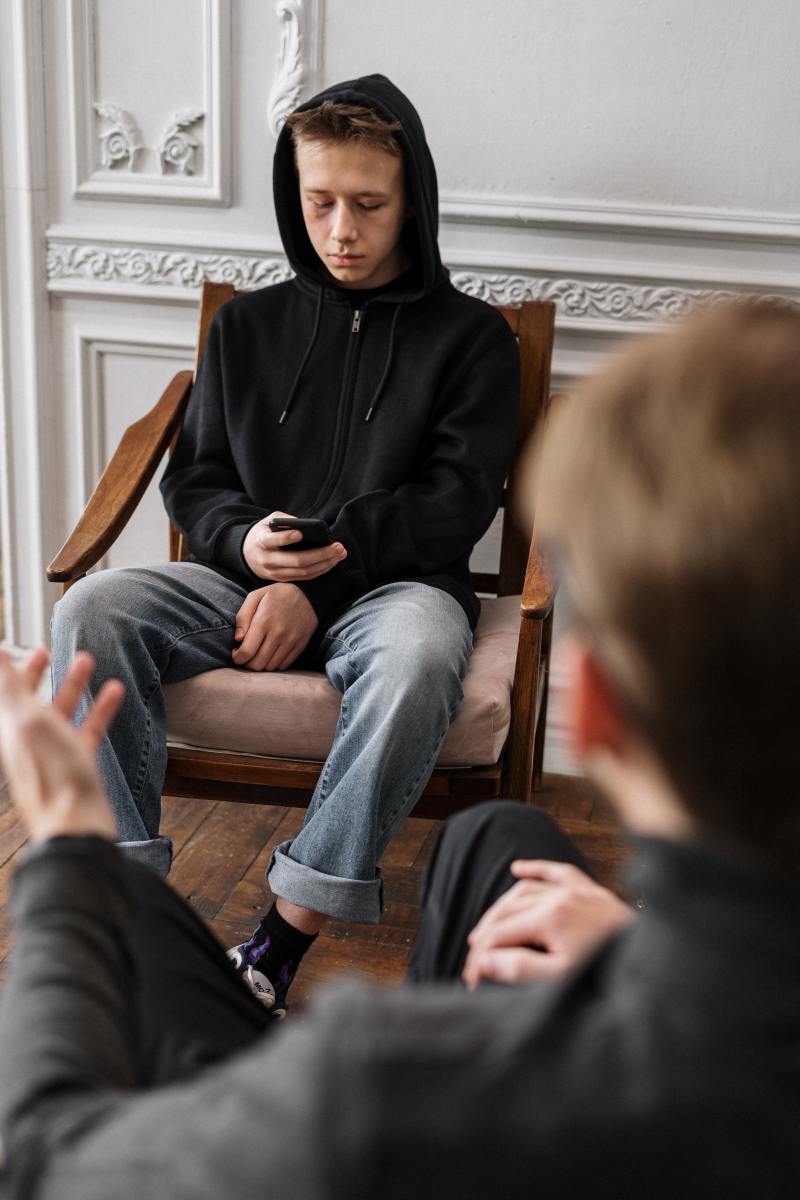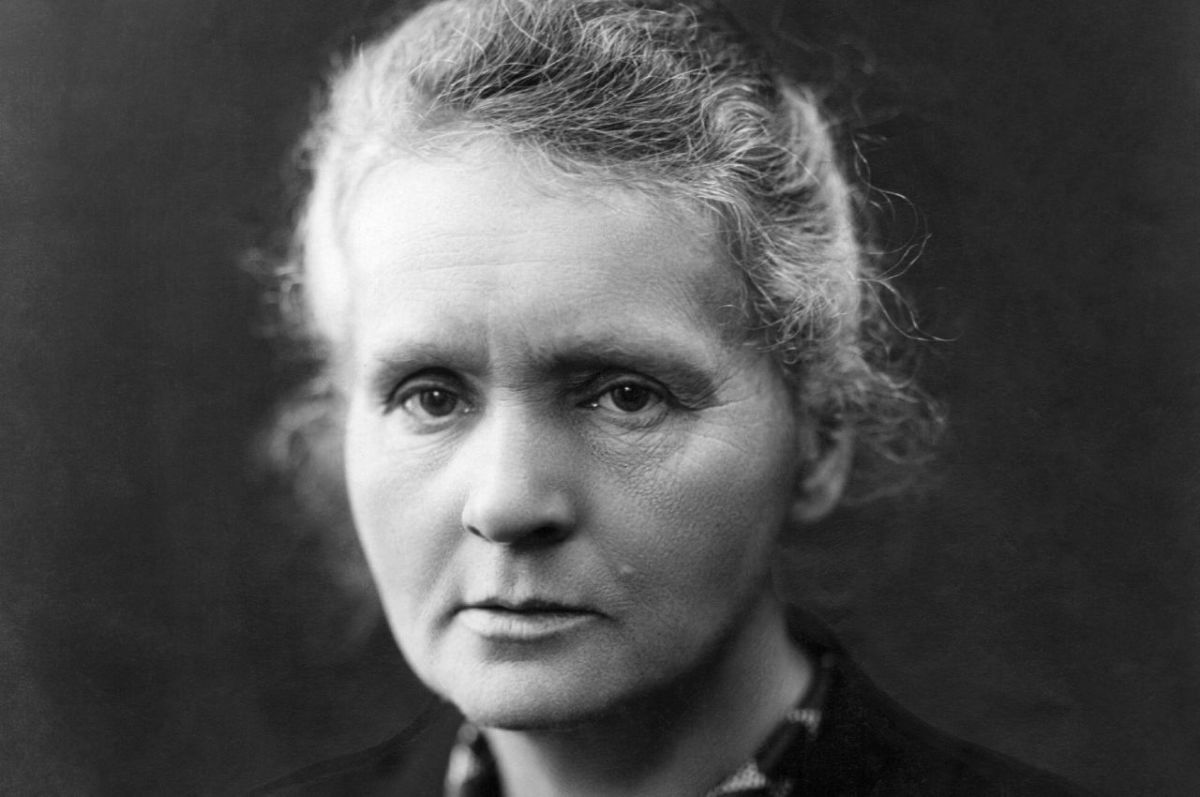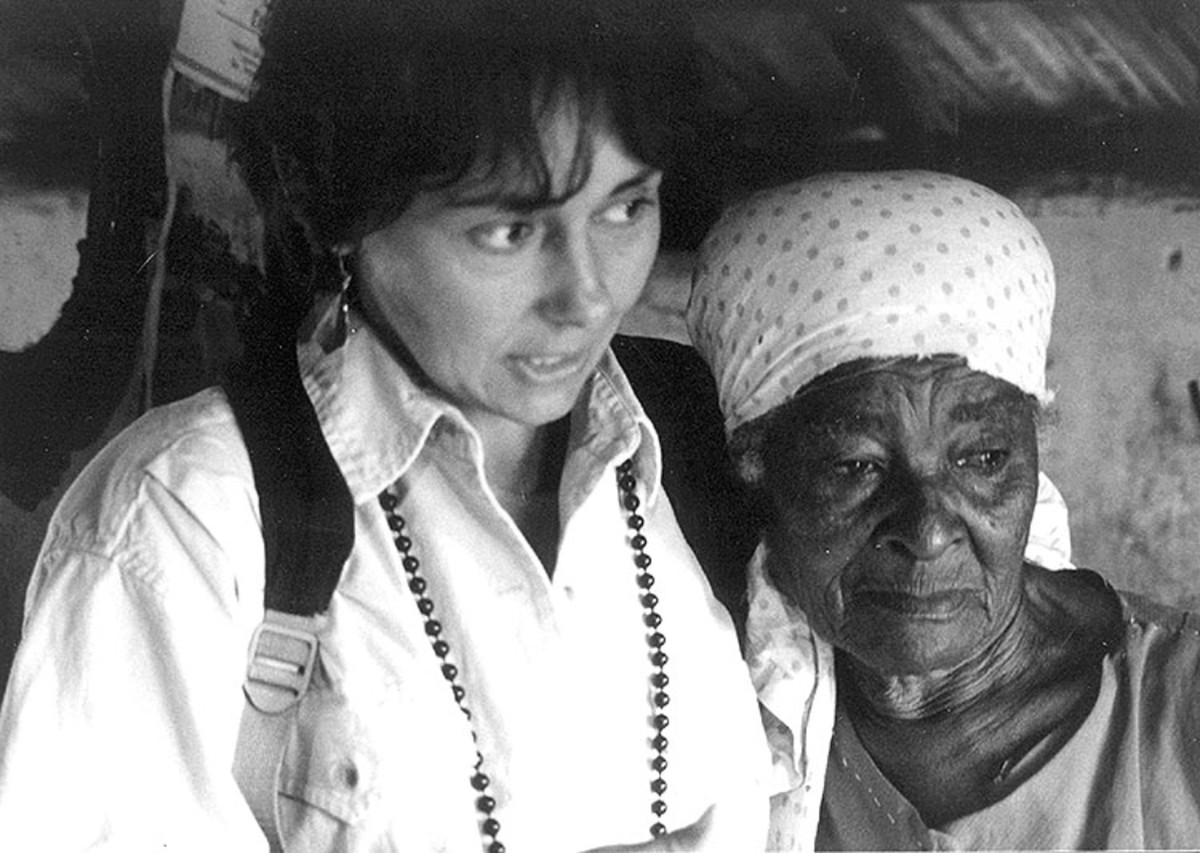Making A Discovery
Multiple Baseline Design

Making Our Discovery
Earlier I wrote an article encouraging everyone to go out into the world and make your own discovery. The day after the one year anniversary of my Mother’s death I did exactly that. Thank goodness I have a dedicated wonderful hardworking research partner who is now also my partner in our foundation.
How to Make a Discovery? There is a formula which you should follow.
Conducting a Literature Review
Literature Review
I conducted a 50 year literature review. This sounds like a lot but the truth is so little is known about autism it wasn’t that expansive. I read everyone’s research and I tried to ask myself what the next logical study would be in the field of verbal behavior for children with Autism. Looking for the next study is both novel and hazardous. It is novel in that you are conducting a pioneer study but hazardous in that you are doing something entirely new which may not be accepted by professionals in that field of expertise. It is important to remember that even when you fail in research you learn something. Many of our greatest discoveries were by accident. With that being said do a comprehensive literature review.
Quantitative Research
Designing Your Study
This task was difficult as it was a novel study and we had no template to draw from. However we did not feel comfortable reinventing the wheel so to speak in the field of Autism research. It is a calculated risk. So I designed our materials using a minimalist approach and then we selected the participants which were 6 wonderful boys with Autism.
Ethical Considerations
Our research involved assessing and teaching intraverbal operants to children who had autism and were either non verbal or had exceptionally limited communication. Historically, the primary focus of research in Verbal Behavior has been focused on teaching mands (which are demands) or tacts (names of things) but not intraverbals. It is amazing that the majority of intervention for Autism is focused on behavioral interventions when teaching mands makes children with Autism rather demanding. We theorized that by teaching children with Autism more advanced verbal operants they would have more communication skills, logic and memory and thus become less demanding.
Many theorized that children with Autism lacked the ability to learn intraverbal operants. While I am not at liberty to discuss our results we found no evidence of this.
The only ethical consideration we had was whether the parents and children consented to the training and whether it helped the children. All of our time and money went into the project so if it was a wash it was ours to lose.
We had one child who was dropped from the study for non-compliance and it was later discovered he had other health issues which needed immediate attention. But there is always ethical considerations when doing trials with human beings especially when you are evaluating the effectiveness of the program for that person.
Conducting the Study
We were really good about doing trend analysis throughout the study and when issues arouse they were addressed and documented immediately. Luckily my research partner and I are so meticulous in our data and record keeping that we never lost a data point.
The study was the easiest part.
Good planning makes for an easy study.
Analysis and Writing the Paper
During the analysis I noticed we did not obtain a return to baseline upon withdraw of the intervention. I suspected this might happen when I noticed the children displaying more sophisticated verbal behavior like self editing, generalization and thinking. Yes, that is right. Skinner believed "thinking" to be a verbal behavior. And as such by definition we should have seen a decreased amount of thinking in children with limited speech abilities. We did not witness this either in our study.
But I knew I had done something wrong when I didn’t see a return to baseline conditions after removal of the intervention. I should have used a multiple baseline approach. I know this now. And therefore the study will not be presented for all the things that it did demonstrate because I failed to prove experimental control. I will spend all next week redesigning the study and we will repeat it with the correct research design model. Painfully, lesson learned!
Basically the children retained all of the intraverbal operants they were taught. As a parent of a child with Autism I am elated but as a scientist I am so angry at myself for not being able to present this data as it clearly shows children with Autism, even those who are non-verbal, can learn.
So we wrote the paper anyways and submitted it. It is in consideration for publication but I had to explain I made the mistake of picking the wrong research model. The publication was generous and kind and pointed out it was a novel study and it might be published in any event.
Back to the Drawing Board
I am now redesigning three studies to address the academic and verbal needs of children with Autism. It is lonely work as most people have no idea what I am talking about or the intricacies involved in developing an intervention into a product for all children with Autism. We are also currently testing our study on a child with Down’s Syndrome. We focused on Autism because it was the one disorder which would be least likely to succeed in Verbal Behavior.
I now know the correct research design model to use. My research partner was so nice about all of this.
We have an intervention now for Autism which increases memory, recall, thinking, logic, problem solving and reading. We are moving forward finding solutions to help all children around the world. We are not a university or an institution but two people who sat down and tried to work on solutions to the complex needs of children with Autism. While we will never cure Autism we may significantly increase the abilities of people with Autism so they can be fully functional in society.
Now we just need to go out and get funding….
Related Links
- B.F. Skinner’s Verbal Behavior
A brief summary of Skinner's Verbal Behavior and verbal behavior treatment modalities for children with Autism. - Make A Discovery
An article detailing how to become a discoverer.








